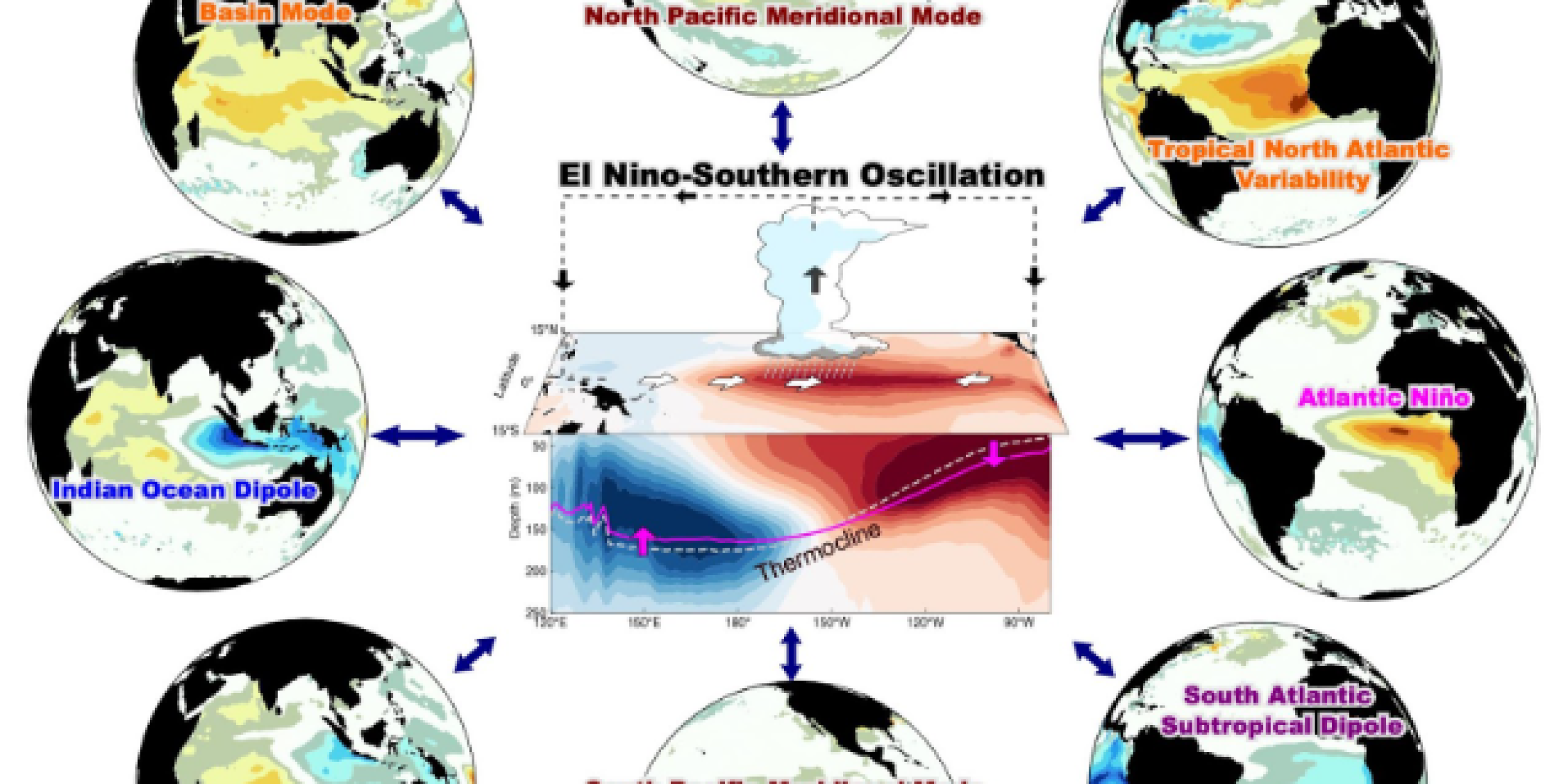In a recent study published in Nature, researchers developed a new model to improve forecasting of El Niño–Southern Oscillation (ENSO). Improving the forecasting of ENSO can help better prepare for its global environmental and societal impacts. The extended nonlinear recharge oscillator (XRO) model integrates core ENSO dynamics and seasonal interactions with other global oceanic variables. The XRO model provided accurate ENSO forecasts up to 16–18 months in advance, outperforming traditional global climate models and matching the accuracy of the best AI forecast.
This research builds on decades of progress in ENSO modeling that aimed to overcome the limitations of current models that struggle with long-term predictions and biases. Traditional models and artificial intelligence have made strides in forecasting ENSO, but understanding the specific physical processes behind these predictions has remained challenging. By incorporating initial conditions and interactions from various climate modes, the XRO model offers a more holistic approach to understanding ENSO predictability. The ability to trace the sources of prediction skill in this model can inform future improvements in climate simulations. The Climate Program Office’s Modeling, Analysis, Predictions, and Projections (MAPP) Program supported the leading authors of this study, Sen Zhao and Fei-Fei Jin of the University of Hawai‘i at Mānoa, through a 2023 grant focused on forward-looking climate projections.
For more information, contact Clara Deck.



